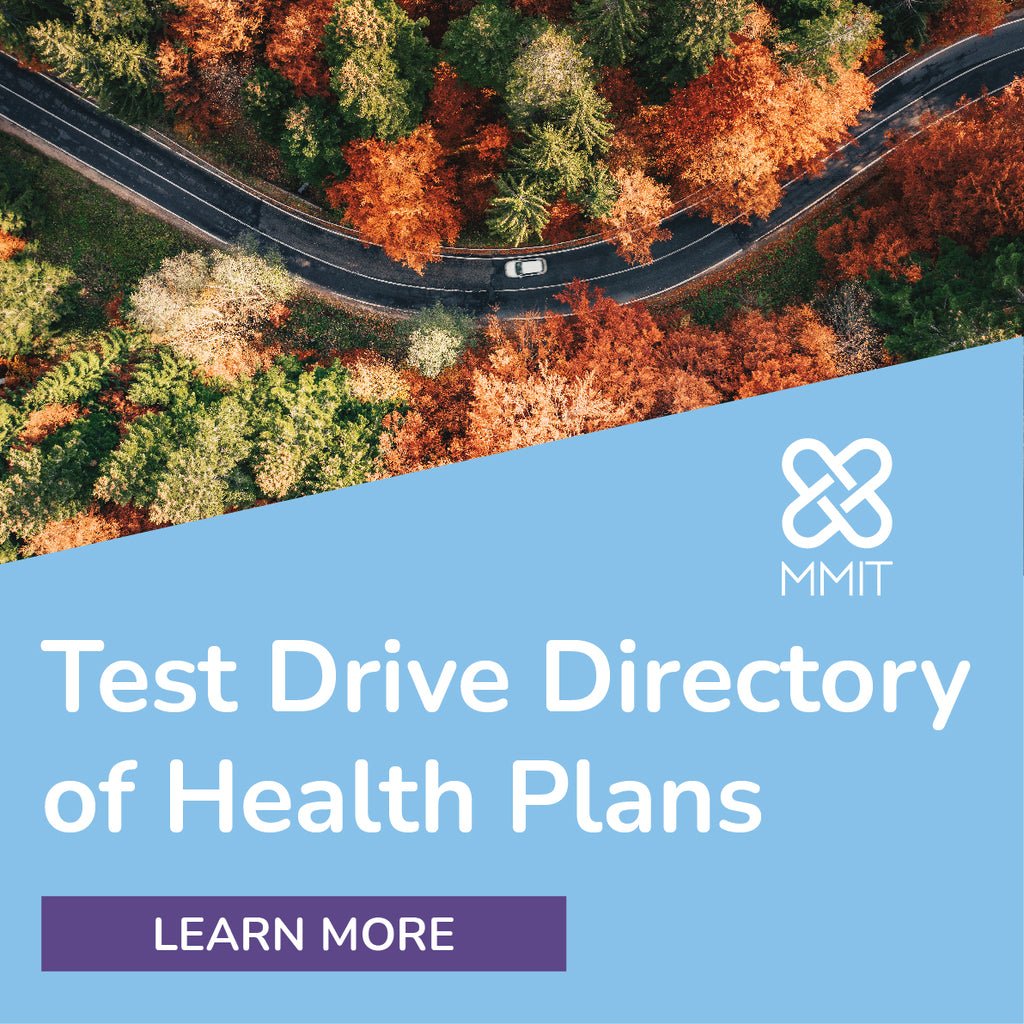Radar on Medicare Advantage
-
As Medicaid Redeterminations Loom, MCOs Can Help States Ease the Process
Three years after states’ annual efforts to verify enrollees’ Medicaid eligibility were paused because of the COVID-19 public health emergency (PHE), states as of April 1 may begin terminating Medicaid coverage for individuals who no longer qualify. For much of the PHE, states and their managed care partners have been working to update beneficiary contact information for the inevitable return of redeterminations, and Medicaid managed care organizations can play a big role in raising awareness about the process, according to industry experts.
“I think that many members, probably 60% to 70% of folks, are just completely unaware that this is happening, and a lot of other folks just don’t realize the rigmarole they have to go through in order to maintain eligibility,” remarks Jerry Vitti, founder and CEO of Healthcare Financial, Inc., a firm that connects low-income, elderly, and disabled populations with Medicaid and other public benefit programs. “But plans can do mailings, do outreach, and be a connection point to Medicaid agencies where they can get enrolled.” Unfortunately, “they have uneven demographic information on these folks since the population is so transient, but they can reach out to members…and do I think plans can do a really good job to build awareness of what’s happening and the implications.”

-
News Briefs: CMS Projects Average Rate Increase of 1.03% for MA Plans in 2024
CMS in its 2024 Advance Notice projected that Medicare Advantage organizations can expect an average estimated change in revenue of 1.03%, when taking into account an average increase in risk scores of 3.3%. Even though analysts expected that rate to fall well below the robust 8% CMS predicted in its preliminary rate notice for 2023, they characterized it as low when excluding the risk scoring trend. The 2024 projection is also based on an effective growth rate of 2.09%, which CMS this time last year estimated would be 4.75%. Additionally, CMS will continue to apply the statutory minimum coding intensity adjustment of 5.9% to offset the effects of higher levels of coding intensity in MA relative to fee-for-service (FFS) Medicare. That coding intensity adjustment generated much discussion in comment letters on the Advance Notice last year. When asked during a Feb. 1 call with reporters why CMS again opted for the minimum adjustment, CMS Deputy Administrator and Center for Medicare Director Meena Seshamani, M.D., Ph.D., told AIS Health: “We continue to analyze and evaluate MA coding patterns, and 5.9% we feel is adequate at this time, and we continue to look at coding pattern differences, how we set that pattern adjustment [and] how that’s applied…in future years as well.” The preliminary rate notice also included technical updates to the risk adjustment model, including a reliance on condition categories from the ICD-10 classification system (instead of the ICD-9 system) and a shift to more recent underlying FFS data years to reflect 2018 diagnoses and 2019 expenditures.
-
AEP Wrap Up: Humana Vies for Industry-Leading Medicare Advantage Growth Position
After a lackluster 2022 open enrollment season characterized by churn associated with its external marketing channels, Humana Inc. is touting above-industry growth after the 2023 Annual Election Period (AEP) that concluded last month. Presenting at the 41st Annual J.P. Morgan (JPM) Healthcare Conference in San Francisco, Humana Chief Financial Officer Susan Diamond said investments in the company’s products, sales channels and other aspects of its Medicare Advantage business are helping it “get back to an industry leading position” and achieve double-digit percentage enrollment gains this year.
According to the latest monthly enrollment data posted by CMS, MA now enrolls more than 30.6 million individuals, including more than 25 million in individual MA plans. That data reflects enrollment as of the Jan. 1, 2023, payment date (i.e., enrollment accepted through Dec. 2, 2022). Those figures do not reflect the full outcome of the AEP, which ran from Oct. 15 through Dec. 7, and are lower than CMS’s projection of 31.8 million for 2023, pointed out Citi’s Jason Cassorla in a Jan. 17 investor note. “[W]e expect enrollment to rise in the final 5 days of AEP and subsequently grow throughout 2023 considering both age-ins” and the Open Enrollment Period that runs from Jan. 1 through March 31, he wrote.

-
2023 Outlook: Holistic Approach, Competitive Benefits Are Keys to Success in MA
With upcoming changes to marketing regulations, the Star Ratings program, and various other aspects of the Medicare Advantage program — combined with ongoing scrutiny of MA plan payments and a pending rule that could significantly boost the federal government’s collection of overpayments through Risk Adjustment Data Validation audits — achieving success in MA continues to be a balancing act. For our annual series of Outlook stories on the year ahead, we asked a range of industry experts to weigh in on how doing business in 2023 might differ from previous years. Here’s the second installment, on the investments and strategies that will drive success in 2023, as told to AIS Health, a division of MMIT.
-
New Findings Show Strength of MA in Detecting, Treating Type 2 Diabetes
New research conducted by Avalere on behalf of the Better Medicare Alliance (BMA) suggests Medicare Advantage plans aid in earlier detection of type 2 diabetes and that seniors diagnosed with type 2 diabetes generally fare better than similar patients in fee-for-service (FFS) Medicare. Specifically, lower medical spending and rates of inpatient hospitalizations/emergency department visits observed by researchers may be particularly compelling for policymakers as they consider the overall value of the MA program.
With MA serving more seniors than ever before — having just reached a milestone of enrolling more than 30 million Medicare-eligible beneficiaries — and one-third of seniors estimated to have a diagnosis of type 2 diabetes, it is important to look at how these patients’ care differs in MA vs. traditional Medicare, asserted Matt Kazan, managing director with Avalere, during a Jan. 12 webinar hosted by BMA. In many cases, there are “major differences,” he noted.












